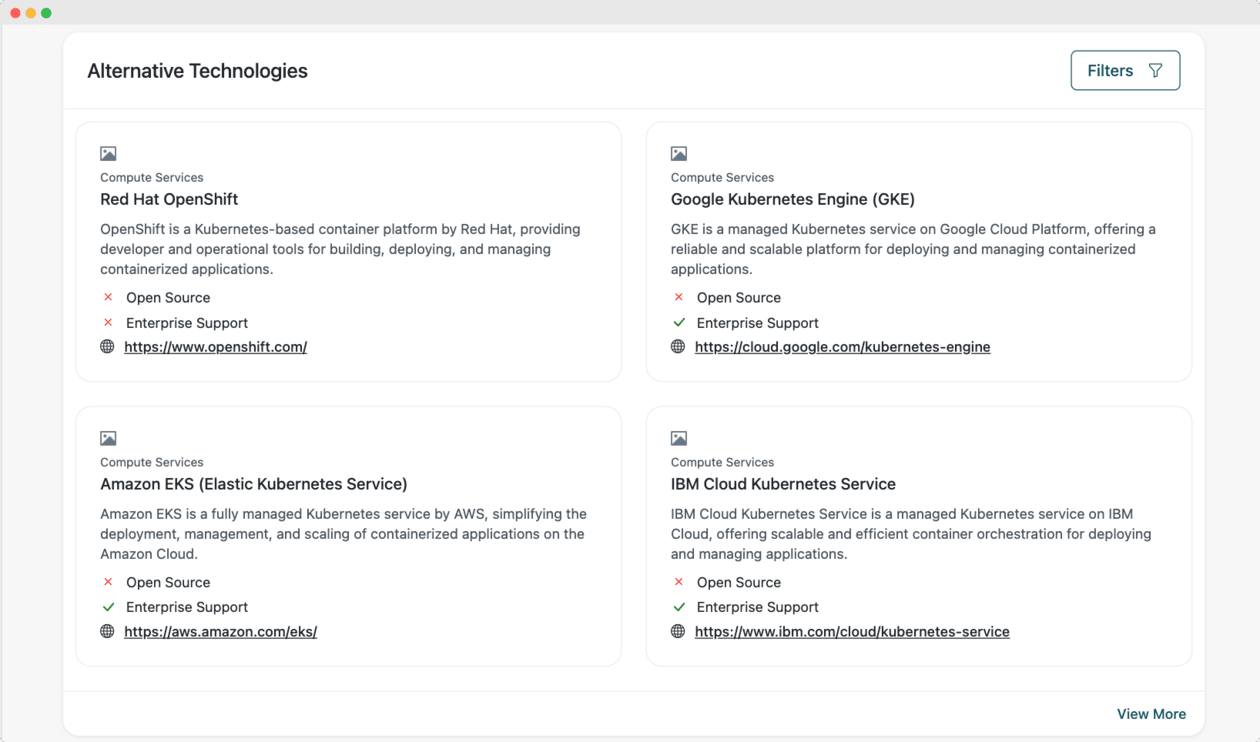
Following the successful completion of the Resource Inventory, the next crucial step in the EscapeCloud Platform’s assessment engine is the Cost Inventory stage. This phase focuses on capturing and analyzing the financial implications associated with the resources identified in the earlier stage. By fetching and evaluating the costs linked to the defined scope—whether it’s an AWS account, a Microsoft Azure resource group, or another cloud environment—organizations can gain a clear understanding of their cloud expenditure, which is essential for planning a successful cloud exit strategy.
The Significance of Cost Inventory in Cloud Exit Assessments
Understanding the costs tied to cloud resources is vital for any organization considering a cloud exit. Cloud environments often involve complex billing structures, where costs are not only associated with the direct use of resources but also with ancillary services such as data transfer, storage, and even operational support. Without a thorough examination of these costs, organizations might find themselves unprepared for the financial implications of a cloud exit, leading to unexpected expenses or budget overruns.
The Cost Inventory stage within the EscapeCloud Platform addresses this challenge by systematically collecting and organizing cost data for each resource within the defined scope. This data is typically fetched on a monthly basis, allowing for a detailed analysis of how costs have fluctuated over time. By providing a clear, organized view of these expenses, the Cost Inventory helps organizations make informed decisions about their cloud exit strategies, ensuring that they are financially prepared for the transition.
How the Cost Inventory Works
Once the Resource Inventory has been established, the EscapeCloud assessment engine automatically begins fetching the associated costs for each identified resource. This process involves gathering detailed billing data from the cloud provider, breaking down the costs by service, usage type, and time period. The assessment engine is designed to handle the complexities of cloud billing, ensuring that all relevant charges are captured and accurately attributed to the corresponding resources.
The engine’s capability to retrieve cost data on a monthly basis is particularly valuable. It allows organizations to track their cloud spending patterns over time, identifying trends and anomalies that might indicate inefficiencies or opportunities for cost savings. For instance, a spike in storage costs could reveal underutilized resources that could be optimized or decommissioned as part of the exit strategy.
Additionally, the Cost Inventory provides visibility into hidden costs that might not be immediately apparent. These can include fees for data egress, penalties for exceeding usage limits, or costs associated with long-term commitments like reserved instances. By making these costs transparent, the Cost Inventory ensures that organizations have a comprehensive view of their financial obligations and can plan accordingly.
The Role of Cost Inventory in Cloud Exit Planning
The insights gained from the Cost Inventory stage are instrumental in shaping the overall cloud exit strategy. By understanding the full financial picture, organizations can:
- Identify Cost Drivers: Determine which resources or services are contributing most significantly to the overall cloud expenditure. This information is crucial for prioritizing which resources to migrate, optimize, or retire.
- Budget for Transition: Accurately estimate the costs involved in exiting the cloud environment, including potential one-time expenses such as data migration or reconfiguration of on-premises systems.
- Optimize Resource Usage: Recognize inefficiencies in resource utilization that could be addressed before the exit, potentially reducing costs both in the cloud and in the post-cloud environment.
- Evaluate Alternatives: Compare the costs of maintaining services in the cloud versus alternative solutions, whether on-premises or with another cloud provider. This comparison helps in making informed decisions about the best path forward.
By integrating the Cost Inventory with the Resource Inventory, the EscapeCloud Platform provides a comprehensive view of both the assets and the financial landscape of the cloud environment. This dual perspective is essential for developing a robust and actionable cloud exit strategy.
Conclusion
The Cost Inventory stage of the EscapeCloud Platform’s assessment engine is a critical component in the cloud exit process. By systematically collecting and analyzing the costs associated with cloud resources, it enables organizations to gain a clear understanding of their cloud expenditure. This financial insight is essential for making informed decisions about the exit strategy, ensuring that the transition is both cost-effective and strategically sound. As organizations prepare to navigate the complexities of cloud exits, the value of a detailed and accurate Cost Inventory cannot be overstated.


